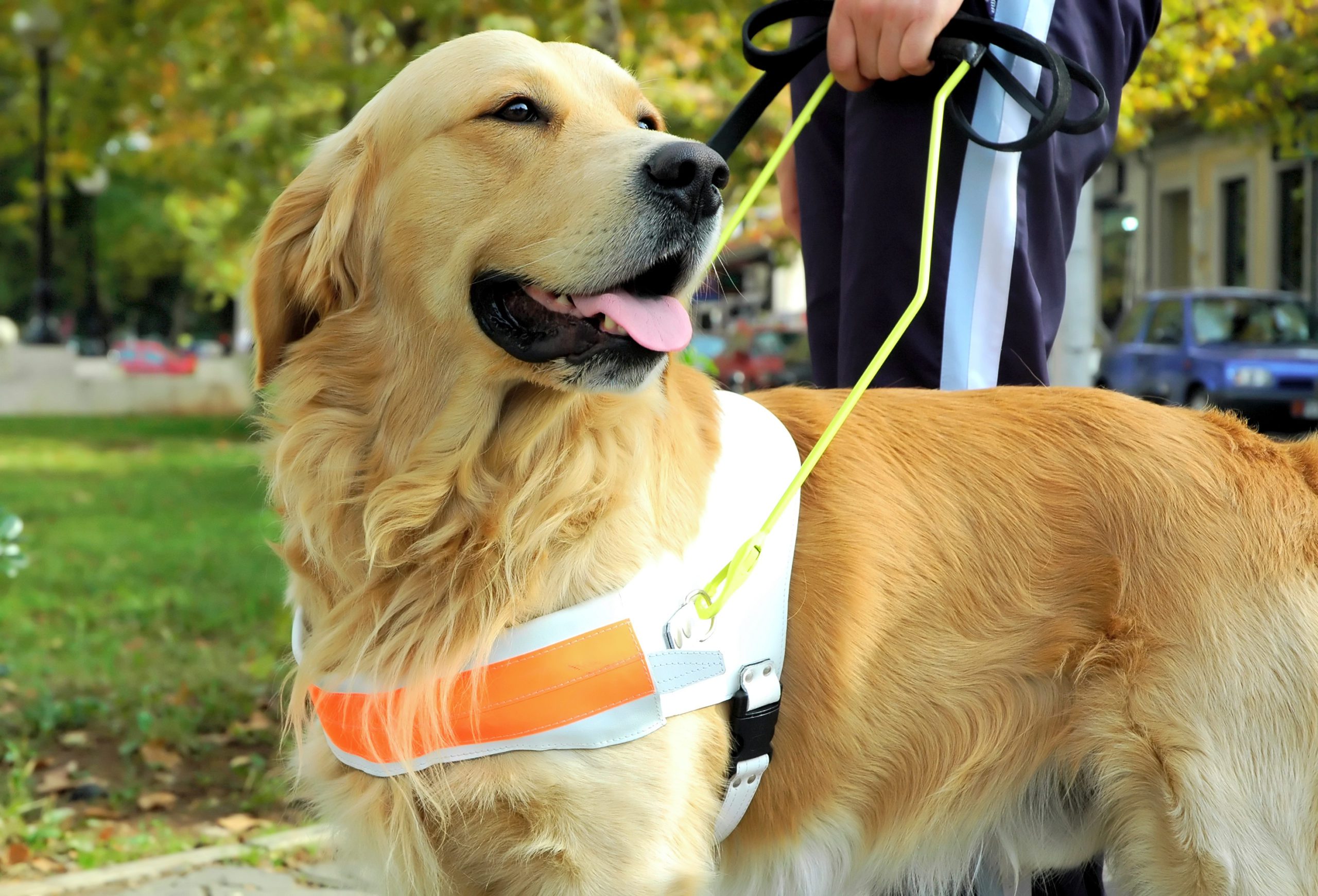
History of Guide Dogs and International Guide Dog Day
April 28 is International Guide Dog Day! The history of guide dogs is fascinating, but the importance of guide dogs cannot be understated. In honor of International Guide Dog Day, we explore these highly skilled canines and how they came to be the standard for helping people with complete loss of sight or those that are visually impaired.
The first International Guide Dog Day was celebrated in 1992 and is held on the last Wednesday in April each year. However, the concept of using dogs for navigation is nothing new—there are records dating back hundreds of years detailing how people with visual impairments would use canine companions to help them move around in public.
During World War I, the importance of guide dogs became clear as so many soldiers were blinded by poison gas and other injuries. In late 1916, the world’s first school for training guide dogs was founded in Oldenberg, Germany, and has been operating ever since.
Dorothy Harrison Eustis, an American woman living in Switzerland, was so intrigued by the use of guide dogs in Germany and Austria that she wrote an article for The Saturday Evening Post about her experience with these amazing animals and their abilities. She later went on to establish the first formal guide dog training program in the U.S. alongside Morris Frank. Together, they brought a German Shepherd back from Switzerland to be trained at the Seeing Eye School that Frank founded in Nashville, and today, the school now located in Morristown, New Jersey, trains over 100 teams each year!
Guide Dog Function
Let’s start with the basics: what is a guide dog? A guide dog is a special type of assistance animal that helps its owner maneuver through the world by using its own keen sense of sight. While leading their handler, guide dog training includes helping owners avoid obstacles and travel safely from point A to point B.
The main types of visual guide dogs in use today include French Poodles, German Shepherds, and Golden Retrievers. Training methods and standards vary among countries and organizations. However, most guide dog training consists of teaching the dog to maintain a steady pace, ignore distractions like smells or the sight of other animals and people, stop at curbs until told to proceed, help with boarding public transportation, cross busy streets or intersections safely, and always obey verbal commands. What can’t these incredible animals do?!
Guide Dog Pet-iquette
Although it may be tempting to run up and greet any furry friend you come across (we don’t blame you!), remember that guide dogs are working! They’re on the clock 24/7 and are responsible for the mobility and safety of someone who is unable to see.
Here are some pet etiquette tips to keep in mind next time you encounter a guide dog:
- Don’t distract or pet the dog
- Do not offer any treats or food
- Do not give the dog any commands
- Do not walk closely along the dogs open side, it may confuse them
- Do not touch the dog’s harness
- Always let the pet rest undisturbed
- Ask permission to touch the dog, sometimes the owner welcomes the love!
Today there are more than 50 programs that support the visually impaired by training and providing guide dogs. Operations like Guide Dogs for the Blind, Guide Dogs of the Desert, and Arizona Power Paws are just some of the incredible local resources available. Guide dogs continue to play a vital role in helping thousands of individuals all over the world to navigate their own lives. And as long as there are Arizonans who need the services of guide dogs or other service animals, AZPetVet will be there to help keep these wonderful animals healthy throughout their life.
Disclaimer: Not intended to be a substitute for professional veterinarian advice, diagnosis, or treatment. Always seek the advice of your veterinarian with any questions you may have regarding the medical condition of your pet. If you think your pet has a medical emergency, call or visit your veterinarian or your local veterinary emergency hospital immediately.

